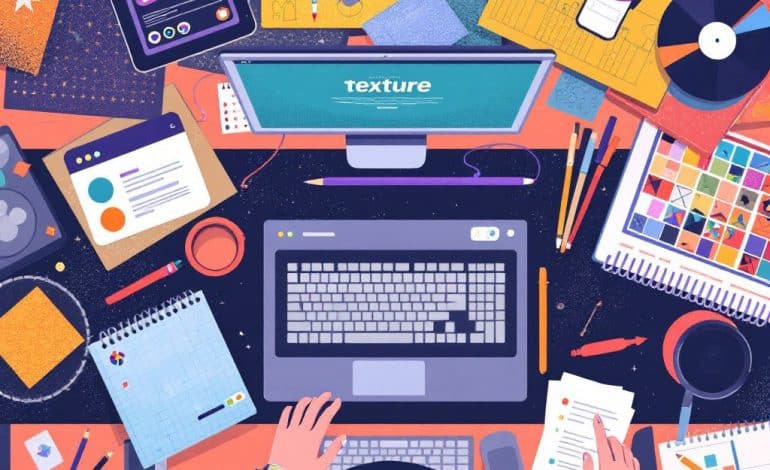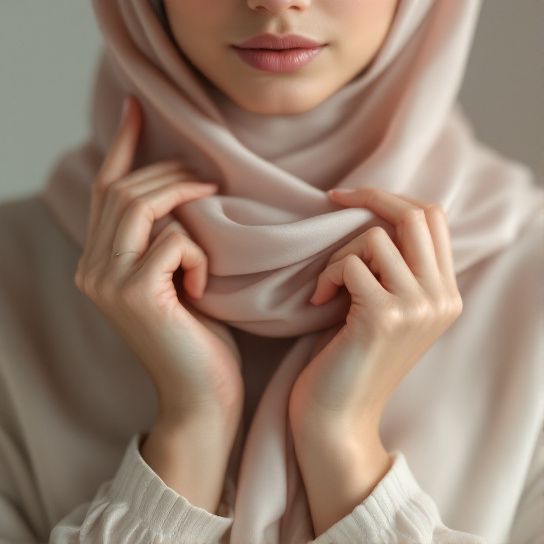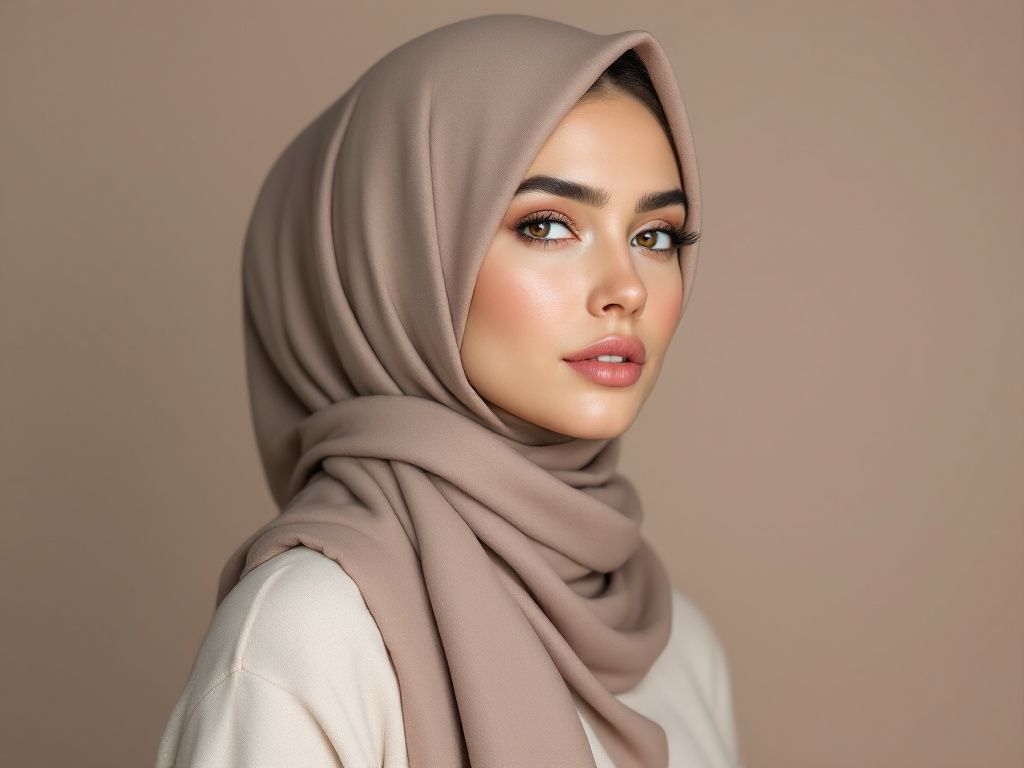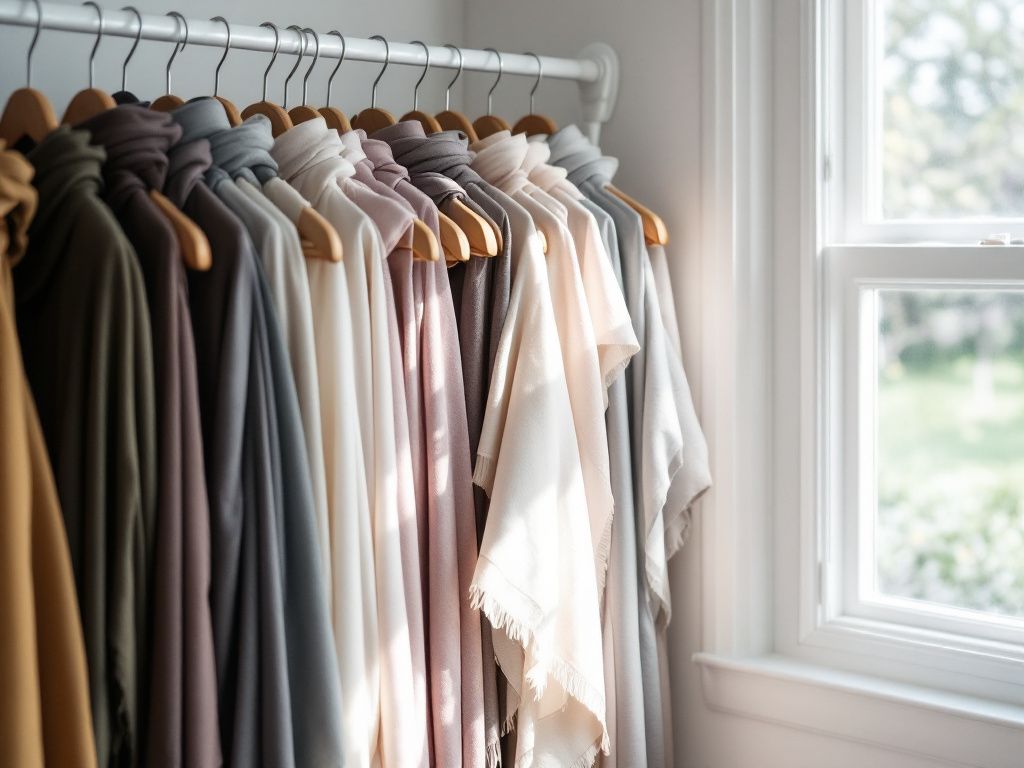
So, you’re pondering the mysterious world of texture style in brand colors, huh? Maybe you’ve noticed that your brand palette feels flat or uninspiring, and you can’t quite figure out how to inject that magical touch of dynamism. Welcome! Let’s dig into why texture might just be your new best friend in the design department.
Why Texture Style Matters in Brand Colors
Let’s be real—brands today can’t afford to ignore the power of texture. We’re living in an incredibly visual world, and every flicker of our screens reinforces this reality. Brands that use texture style effectively don’t just capture attention—they hold it, turning passive onlookers into engaged followers. Texture offers depth and can transform a flat color palette into something robust and lively.
Consider texture the unsung hero that complements the colors of your branding. It talks to your audience on an almost subconscious level, evoking emotions and enhancing your brand’s storytelling abilities. The beauty of this is that texture doesn’t have to be complicated—sometimes the simplest adjustments can make a world of difference.
Getting Started with Texture Play
You might be thinking, “Alright, I’m sold. But where do I even start?” Don’t worry, it’s not as complex as it seems. Follow these steps, and you’ll pretty much uncover the secret sauce to impactful texture style.
Step 1: Understand Your Brand Voice

Before diving into methods and textures, ensure you’re clear about your brand voice. This is key, and it’ll influence everything else. Is your brand playful, serious, sophisticated, or quirky? The texture theme you choose should resonate with this identity. We can’t pick out textures on a whim—clarity is crucial. For a whimsical brand, playful, buoyant patterns could be the way to go. A luxury brand might lean towards more refined, muted textures.
Step 2: Explore Texture Types
Textures can be classified into a few broad categories:
- Smooth: Offers a polished, sleek look. Think glossy, shiny surfaces.
- Rough: These add an organic, tactile feel. Think wood grain or rough canvas.
- Patterned: Intricate designs that can range from geometric shapes to nature patterns.
- Three-Dimensional: Adds depth and perception. Consider embossed or debossed elements.
Each of these textures communicates differently. A smooth texture can suggest modernity and simplicity, while rough textures might evoke a rustic or raw aesthetic. Blend them wisely.
Step 3: Mix and Match for Harmony
Now that you know what types of textures align with your brand, start experimenting! Mixing different textures can create visual interest while maintaining harmony. How about blending a smooth texture with a patterned element? It creates a striking contrast that highlights both elements.
Step 4: Establish A Cohesive Look
Cohesion doesn’t mean uniformity. It’s more about ensuring all your chosen textures work well together without clashing. Mix them artfully. Keep a coherent look across various mediums—whether it’s packaging, online presence, or marketing materials. Each element should harmonize with the others, creating an engaging and unified aesthetic. Trust me on this one; it’ll pay off.

Key Considerations for Texture Styling
Okay, I get it. You might feel a bit overwhelmed with where to go from here, but keep these considerations in mind and the process will become increasingly intuitive.
Color and Texture Relationship
Colors don’t exist in a vacuum; they interact with the textures they accompany. For example, metallic textures often complement cool colors like blues and silvers. Meanwhile, earthy textures benefit from warm tones like reds and browns. The mix creates psychological connections prompting a response from your audience.
Dynamic Use of Texture
Be dynamic—don’t overdo it. Adding too many textures can create chaos rather than clarity. It’s like seasoning in cooking; start small and add more as you develop your understanding. Texture could be in the form of a minor detail in your product packaging or a subtle backdrop in your imagery. This understated approach amplifies impact without overwhelming the senses.
Medium Matters
Textures play differently across mediums. A texture that works beautifully in print may not translate well in digital formats and vice versa. Always consider the final product. Physical materials might capture the essence of textures like velvet effectively, while digital platforms allow more flexibility with animated textures.
Experiment with Digital Tools

We’re living in a digital-savvy era. There are tools galore designed to help create or visualize textures you’d never dreamt possible. Tools like Adobe Photoshop or online platforms like Canva can provide you with templates that already integrate different texture styles. Don’t hesitate to experiment.
A Textural Example in Practice
Let’s say you’re working for a sleek new coffee brand. Your primary palette consists of rich browns and creams. You’re aiming for an approachable yet sophisticated vibe. Perhaps your texture style involves the elegant swirl of cream into coffee—a marbled pattern. You want some rough tactile textures, hinting at the ground coffee. Sprinkle in smooth glossy cardstock for your logo branding to get the full-bodied design profile that’s every bit as rich as your roast.
The Lasting Impression
As we wrap up this chat on texture style—have you got some new ideas brewing? Honestly, understanding and implementing texture in brand colors offers immeasurable possibilities. Carefully crafted texture-oriented designs can breathe life into what might otherwise be a stiff, lackluster brand presence.
Remember, at the end of the day, incorporating texture style is a journey. Allow yourself the freedom to experiment and make mistakes. Gain feedback from others and adjust accordingly. Keep fluidity in your process; it’s not about getting it “right” the first time, but rather about discovering what feels authentically resonant with your brand.
What you’ve got here is just the beginning. Texture style isn’t just on-trend for 2025; it’s your tool. Use it. Play with it. Make it your own. And who knows? You just might set the tone for the future of design. Trust yourself, and your brand universe will thank you.
That’s a wrap, folks! Until next time, keep coloring your world with texture.
Frequently Asked Questions
What is texture in art and design?
Texture in art and design refers to the perceived surface quality of a work or material. It can be either actual (tactile), which can be felt by touching the surface, or visual (implied), which creates an illusion of texture through lines, colors, and shading[1][3][5).
What are the main types of texture in art?
The main types of texture in art are actual texture (tactile texture) and visual texture (implied texture). Actual texture involves physical surfaces that can be felt, such as thick paint or natural elements. Visual texture creates an illusion of texture through artistic techniques and does not have a physical quality that can be touched[1][3][5).
How does texture influence the perception of an artwork or design?
Texture can significantly influence the perception of an artwork or design by adding depth, mood, and style. It can create a sensory experience, making the artwork more engaging. Light also plays a crucial role in enhancing the texture, as it can highlight or obscure the surface qualities of the material[1][3][5).
What are some examples of texture in different artistic mediums?
Examples of texture include marble sculptures with smooth surfaces, impasto technique in paintings like Van Gogh’s “Starry Night,” and textile art with rich textures. In visual texture, examples include photorealistic paintings that simulate textures like fur or fabric, and abstract art that invents new textures to evoke feelings[1][3][5).
References- ArtiGenius. (2024). What is Texture in Art: Definition, Examples & Types.
- Interior Design Student. (2018). Understanding Texture in Interior Design.
- Wikipedia. Texture (visual arts).







